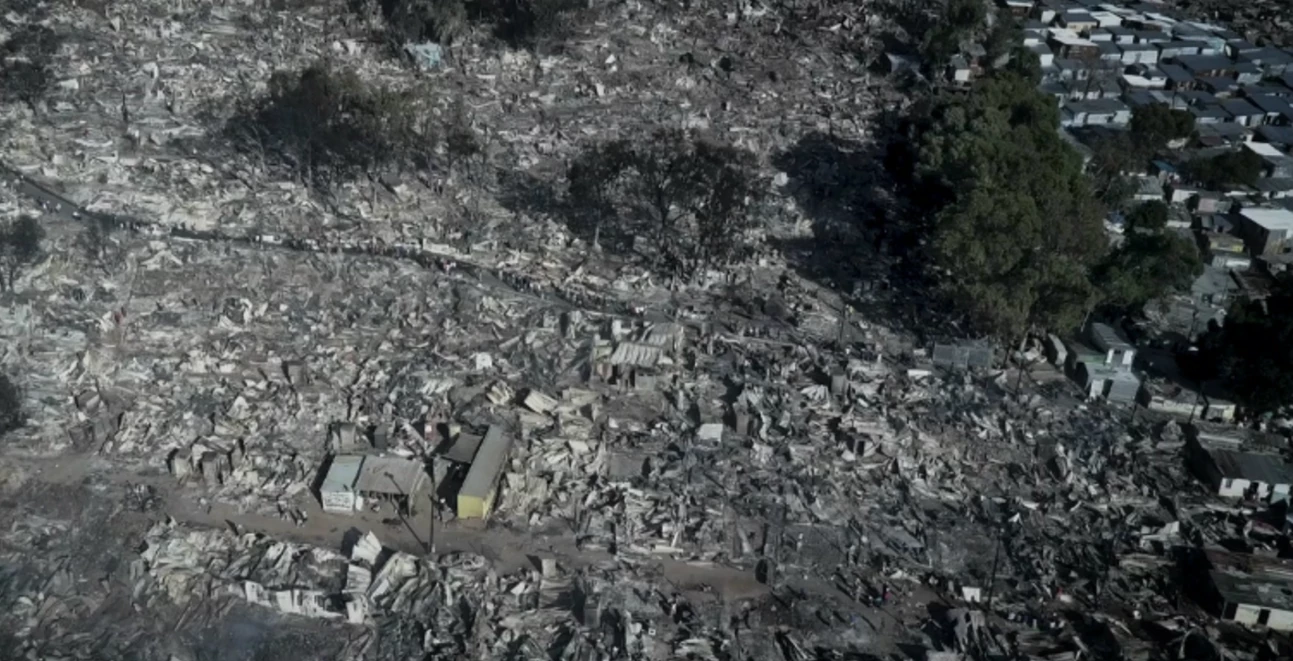 バングラデシュのTampaco Foilsの工場火災。写真:2016年Jubair Bin Iqbal
バングラデシュのTampaco Foilsの工場火災。写真:2016年Jubair Bin Iqbal
The deadly impact of fires cannot be understated: every year, more than 180,000 people die in fires or from burn-related injuries worldwide. Over 95% of these deaths and injuries occur in low- and middle-income countries, where risks rise in proportion to rapid urbanization. Low-income countries, for example, have seen a 300% increase of fire incidents in built-up areas.
Inadequate planning, infrastructure, and construction practices related to fire prevention and mitigation significantly increase the potential for conflagration, fire ignition and spread. Fire risk reduction requires articulated institutional measures to strengthen fire suppression capability, education and training. Proven approaches through building and fire regulation include appropriate enabling legislation; well-designed and implemented building and fire regulations; and adequate capacity to undertake building fire safety plan reviews and construction inspections.
However, formal regulation alone is insufficient to tackle this challenge. Informal settlements, where an estimated 25% of the world’s urban population live, are often out of the formal regulatory scope and particularly at risk due to several factors such as high population density, overcrowding, highly combustible building materials and lack of water infrastructure.
In addition to casualties and injuries, urban fires can displace thousands of people. For example, between January and March 2011, an estimated 25,000 people were displaced from fires that swept through Nairobi’s informal settlements; in September 2020, about 4,000 children and 8,000 adults were left homeless after a violent fire ravaged the Moria refugee camp in Lesbos, Greece.
Investing in Safer & Healthier Cities
Fire safety has been a historical cornerstone of building regulation, evolving to address mitigation for safer, more accessible buildings. The value of such safety measures has also been reinforced by the serious risk that fires pose to the environment and public health. A wide range of codes and standards have become available to facilitate fire-safe structures and build more resilient communities. However, for this knowledge to be adequately implemented, it needs to be adapted to the social, economic, legal, and cultural context of countries, including unregulated informal sectors.
The cost of urban fires to economies is also considerable. For example, the March 2017 fire in the densely populated settlement of Imizamo Yethu in Cape Town, that destroyed 2,194 structures and left 10,000 people homeless, had direct costs of some $8 million. In Bangladesh’s garment sector, the cost of six large scale fires was estimated at almost $365 million. As part of the investment in urban disaster risk mitigation and resilience, urban fire risk should be at the forefront of development priorities.
Similarly, mitigation investments are proven to be effective in stabilizing and reducing losses; creating a pathway for sound regulatory frameworks; building institutional capacity on specialized risk management; and enabling private sector investment and insurance industry market entry. When adequately assessed, measures to mitigate fire risk can become opportunities not only for safer buildings, but also for healthier cities and more resilient societies.
How to build a Path Towards Urban Fire Resilience?
Urban fire resilience requires authorities and institutions, at national and local scale, to acknowledge the risk and value the benefit of investing in preventive measures. Baseline assessments can help understand how fire safety interventions operate within the local building regulatory environment. As part of its portfolio of urban resilience diagnostic tools, the Global Facility for Disaster Reduction and Recovery’s (GFDRR) Building Regulation for Resilience Program, has drawn from expert institutions and researchers to design a fire risk assessment tool for the built environment.
The Urban Fire Regulatory Assessment and Mitigation Evaluation (Urban FRAME) diagnostic supports government officials and project managers, to assess building fire safety regulatory systems. The tool helps identify critical gaps in existing legislation and implementation capacity and proposes feasible mitigation measures for building and urban fire risk reduction projects and investment planning.
Sustainable and inclusive building fire regulatory systems, embedded in planning and building design processes, are an essential foundation of fire risk reduction, benefiting people, property, and the economy. Through capacity building of local authorities and other relevant stakeholders, fire safety design principles can sustainably increase resilience and reduce the violent impact that fires have across urban areas worldwide.
Related links:
- Subscribe to our Sustainable Cities newsletter
- Follow @WBG_Cities on Twitter







Join the Conversation